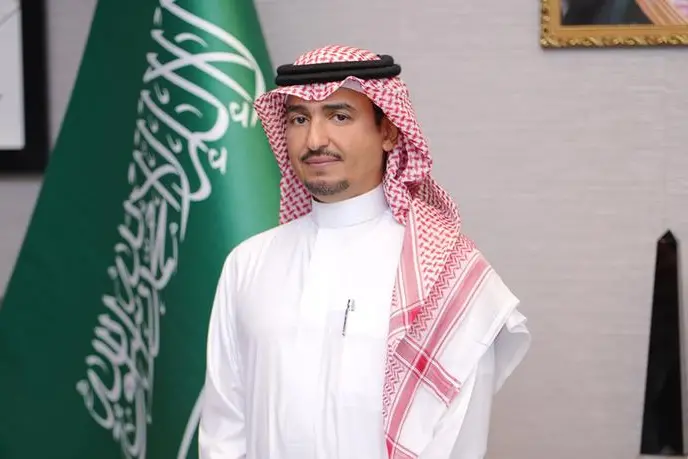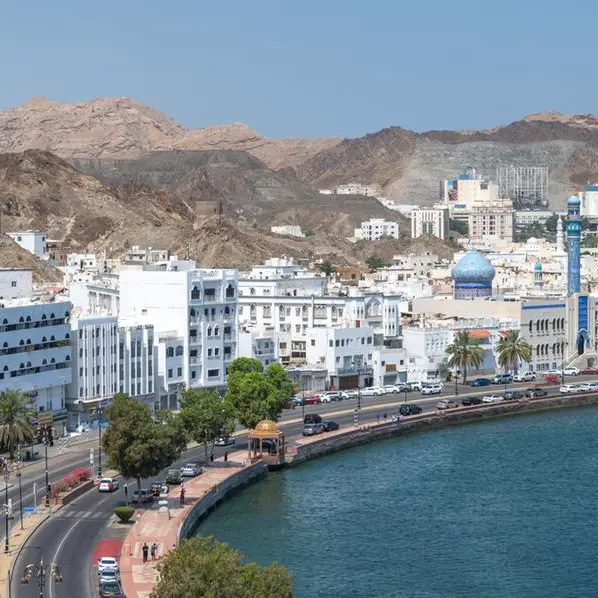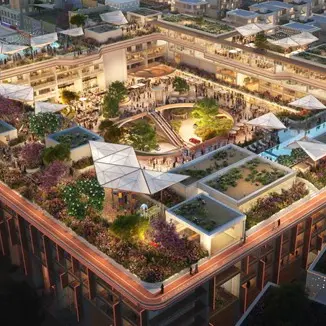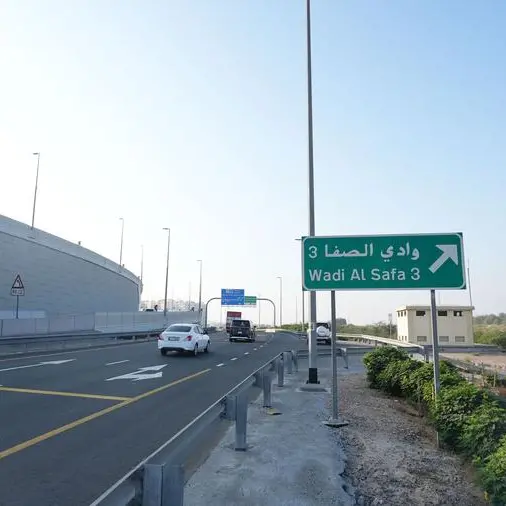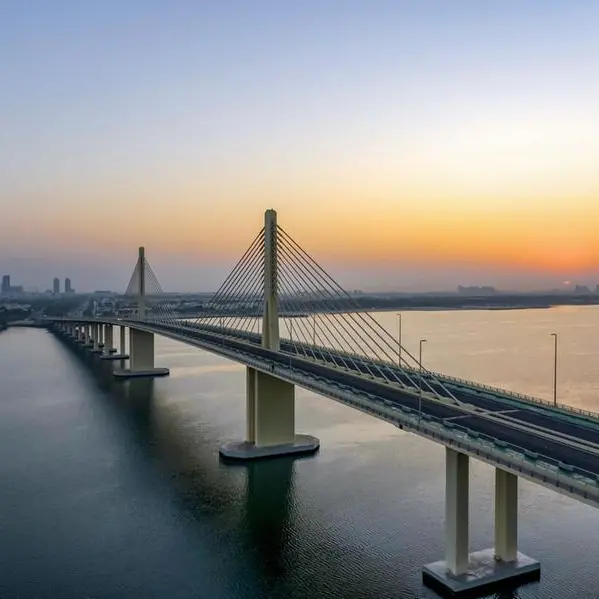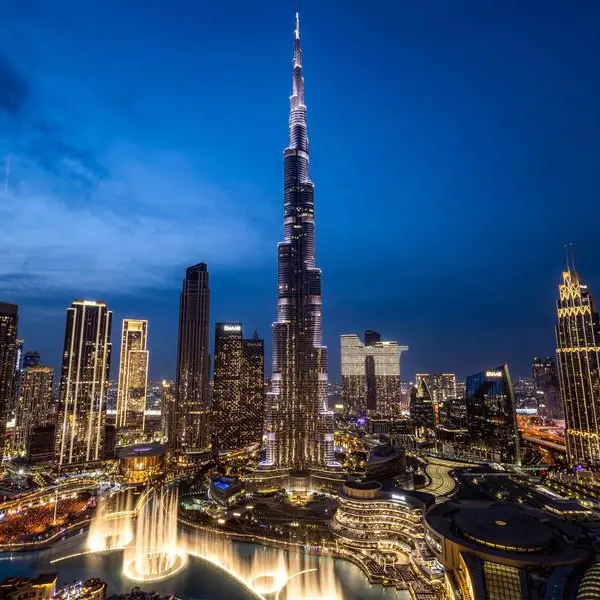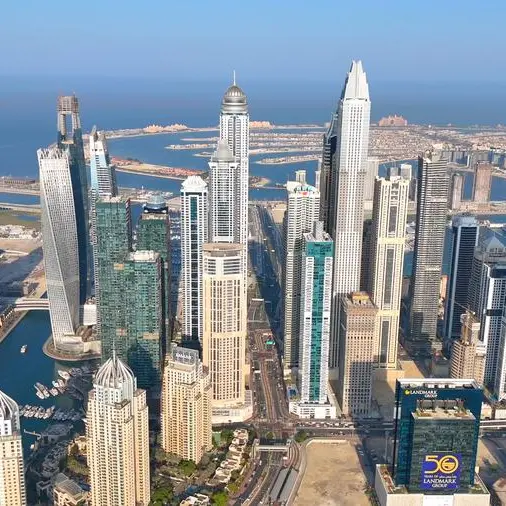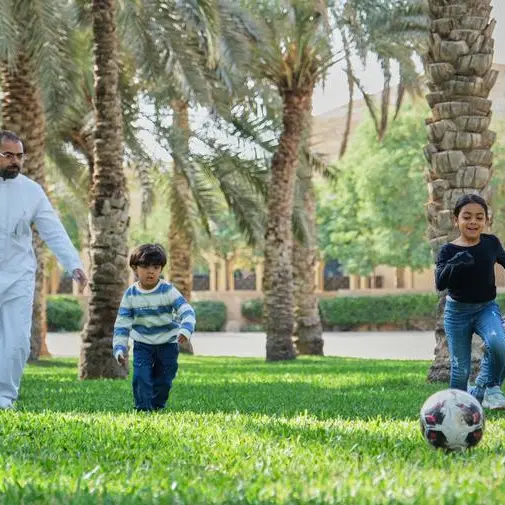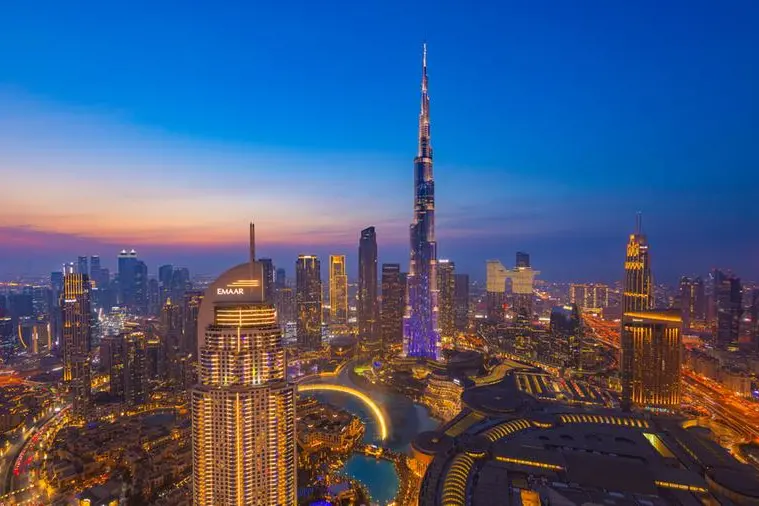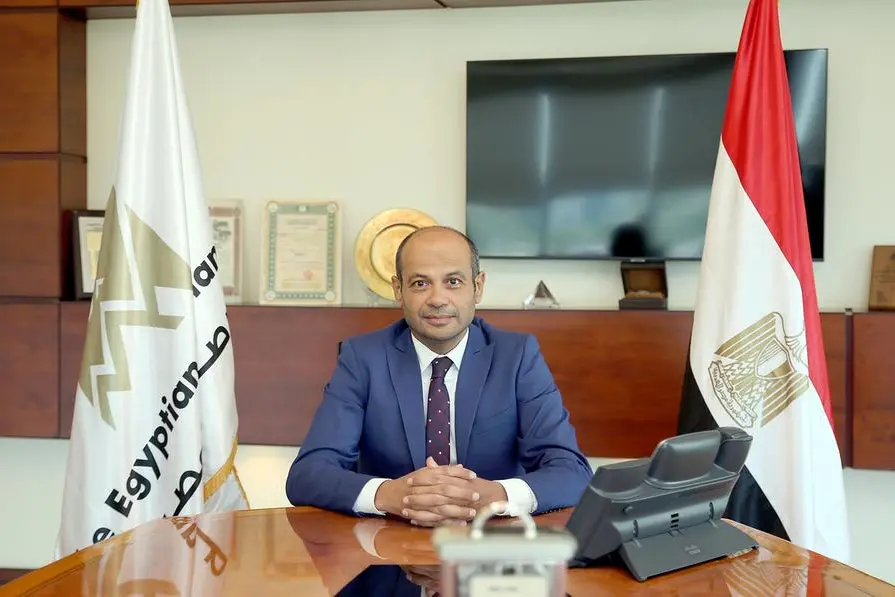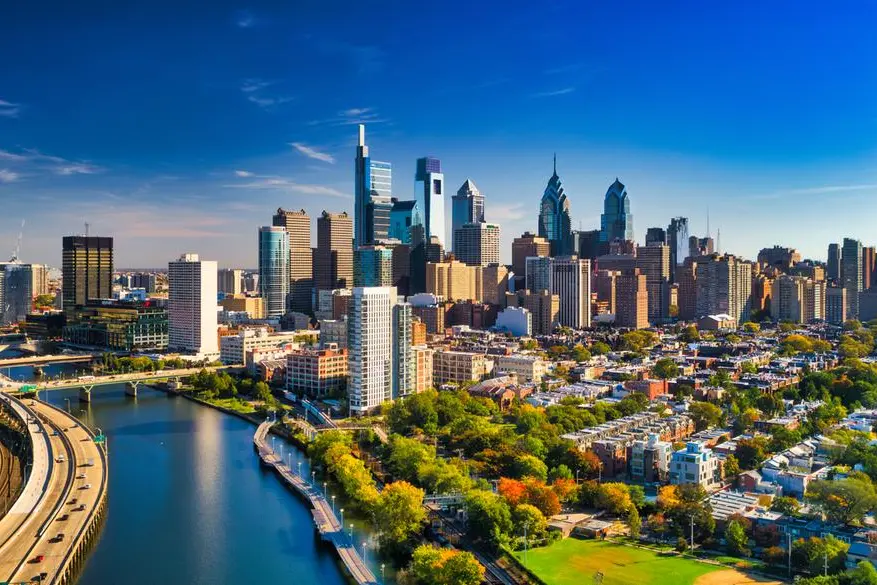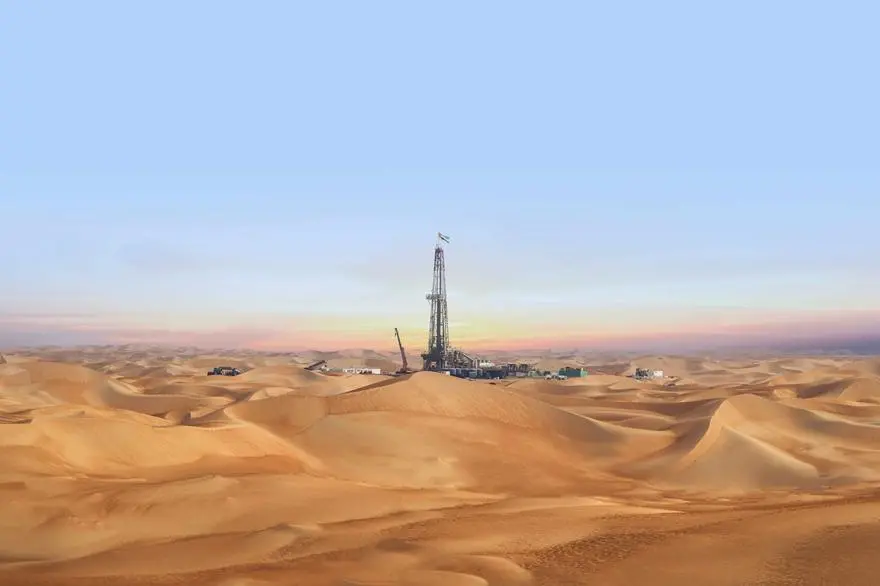PHOTO
Abdulaziz Alnowaiser, CEO, Emaar the Economic City
Saudi master developer Emaar the Economic City (EEC), which unveiled its 8.7 billion Saudi riyals ($2.3 billion) Capital Optimisation Plan earlier last week, will rely on strong partnerships and external investments to finance upcoming projects, according to its CEO.
Abdulaziz Alnowaiser told Zawya Projects that the company is actively assessing its project pipeline to focus on high-value opportunities.
EEC, listed on the Saudi Exchange, reported an 82 percent revenue decline and a 460 percent increase in net loss in the second quarter of 2024, underscoring the urgency for financial restructuring.
“The Capital Optimisation Plan (COP) was devised to mitigate the impact of significant debt levels and strengthen our balance sheet,” explained Alnowaiser, adding that it aligns with Saudi Vision 2030 by creating a stable platform for future investments.
He explained that a key component of COP is the introduction of "new money," which, along with restructuring of debt to reduce financing costs, will provide additional funding for future projects.
According to the CEO, EEC’s approach to financing its projects is collaborative, involving joint ventures and alliances with both local and international investors.
“Financing of these projects is by no means the responsibility of EEC alone, but is shared with reputable blue-chip partners from around the world,” he said.
He said major projects are underway in line with EEC’s vision to transform KAEC into a premier local, regional, and international hub for sports, entertainment, tourism, and hospitality. These include the King Abdullah Economic City Stadium, a 45,000-seat sports arena set to open by 2032 and expected to be used for FIFA World Cup 2034 (for which Saudi is bidding to host), concerts and exhibitions. It will also be a multi-functional hub that includes hotels, mixed-use areas and sports clinics.
Hospitality projects already underway include a partnership with Vivienda to establish a waterfront resort on a 29,000 square metre (sqm) plot; with Envi to develop a 70,000 sqm destination; and with FTG Development for the Rixos at Emerald Shores project located in KAEC’s Al Murooj district, which will be built on a 275,000 sqm plot and expects to welcome as many as 320,000 visitors annually following an initial ramp-up period.
“There is plenty happening, and we are very excited for what the future holds,” said Alnowaiser. “Our Special Economic Zone status and the development of King Abdullah Port are pivotal in attracting business and trade to King Abdullah Economic City (KAEC), while also driving investment in infrastructure that connects the Red Sea coast with the broader Kingdom and the wider GCC region.
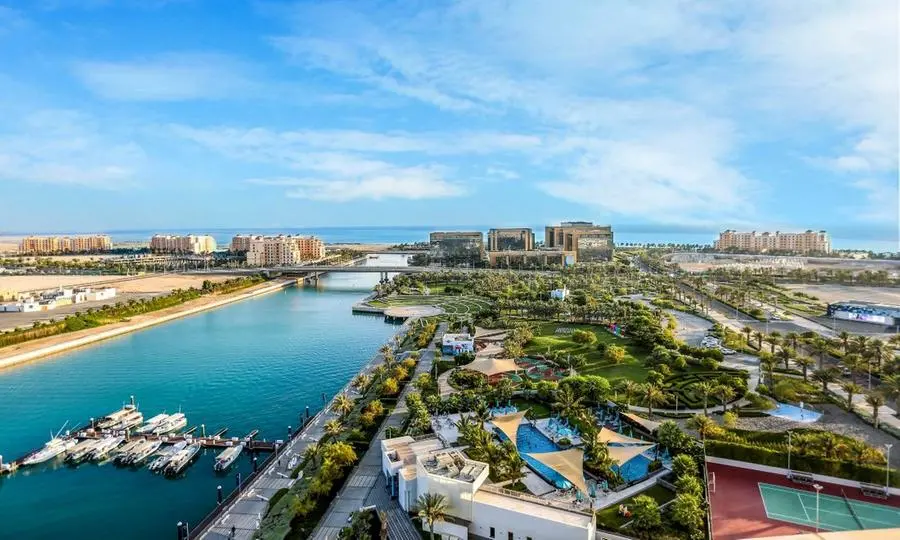

Excerpts from the interview:
What prompted the Capital Optimisation Plan, and how does it align with EEC’s long-term growth and Vision 2030?
Following the outcome of extensive analysis of our financial position and challenges, which weighed on our ability to enhance our operations and execute key strategic growth projects, our Capital Optimisation Plan (COP) was devised to mitigate the impact of significant debt levels and strengthen our balance sheet. The objective: to create, preserve and enhance value for our shareholders and wider stakeholder universe.
With this plan, we put ourselves in a position to unlock KAEC’s full potential and to deliver on our strategic priorities, which are closely aligned with Vision 2030.
The COP also puts us in a stronger position to leverage the strategic location of KAEC and its rapidly developing infrastructure, taking advantage of our Special Economic Zone status to establish a premier local, regional and international hub for business, innovation, entertainment and tourism.
How will COP address EEC’s financial challenges?
The plan is holistic, and relies on a package of financial restructuring components designed to stabilise our financial position and improve liquidity through lower financing costs and access to new funding. This will allow us to invest in transformative and strategic projects that we believe will enhance value for shareholders.
That being said, quarterly financial performance will be driven by new contracts and our ability to attract businesses and project partners to KAEC. We are focused on this, and we have made positive strides in business development during the first half of 2024, expecting to make further positive progress during the second half.
How does EEC plan to address the impact of revenue declines caused by lease terminations and contract delays?
While lease terminations and contract delays weighed on our results in the first half of the year, we have made significant efforts on the business development front, which are already delivering results and which we believe will support improved performance in future periods.
Our key focus is offering attractive terms and services to our tenants, aiming to boost both customer acquisition and retention. This is a top priority for our real estate and asset management offering, and something on which we are firmly committed to succeeding.
Could you elaborate on how the combination of syndication, restructuring, and debt conversion as indicated in the COP press statement address EEC's overall financial health and future prospects?
The syndication and restructuring of the current bank debt of SAR 3.8 billion will have a significant positive impact on both our financial position and our operations, through alignment of repayment terms with our current debt service capacity, future investment plans and long-term turnaround programme. Moreover, our ability to maintain efficient operations will, in time, support an improved margin profile.
The conversion of the SAR 4 billion debt, which comprises SAR2.9 billion previously due to the Saudi Ministry of Finance and recently novated to PIF, along with a SAR 1.1 billion shareholder loan from PIF, shores up our balance sheet and significantly de-leverages our business, reducing our debt servicing burden. This is intended to make EEC a more sustainable business and put it in a position to fund its own growth.
How significant is the shareholder facility from PIF?
The shareholder loan to be received from PIF, which is subject to the finalisation of binding long-form agreements, will provide us with liquidity to fund our transformation and growth over the short- and medium-term, as well as the turnaround of our operations. This funding will allow us to invest in critical projects at KAEC.
Is EEC planning to diversify its funding sources for sustainable long-term growth, through bonds, for instance??
For now, we are focused on building on the trust and support that our shareholders and lenders have placed in us, and on executing on our plans to create value for them. Our focus is on executing the Capital Optimisation Plan – a process that requires a number of regulatory and shareholder approvals – and which we currently consider the principal solution for stabilising our financial position and enabling our strategy.
With this more solid footing established, we will evaluate what funding options we require. When it comes to types of funding, we assess our options on a case-by-case basis.
(Reporting by S A Kader; Editing by Anoop Menon)
Subscribe to our Projects' PULSE newsletter that brings you trustworthy news, updates and insights on project activities, developments, and partnerships across sectors in the Middle East and Africa.
